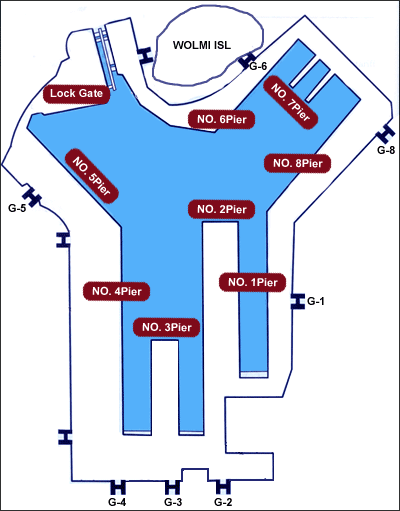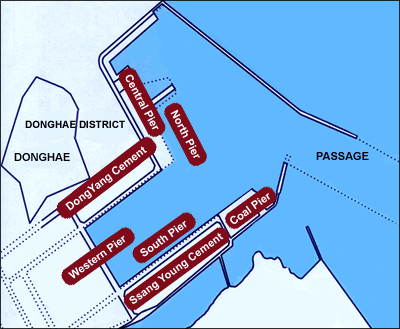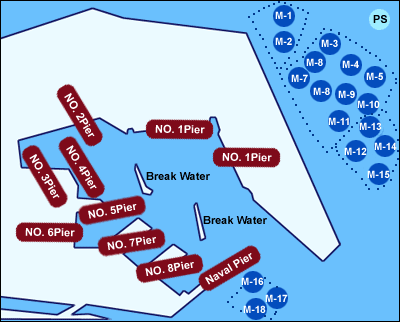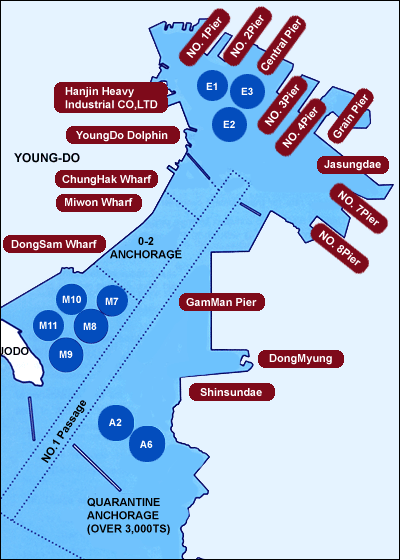Bulk Carrier | Built Year: 1995 | Flag: Korea | Class: KR | Dwt: 122,337 MT
New Purchased Vessel : M/V GS Angel
We purchased a vessel from German seller MV. GS Angel (ex. name: Saar N) on 17th October, 2012, details as follows:
M/V GS Angel
Bulk Carrier
BLT 1995
122,337DWT ON DRAFT 15.419M
LOA 266M/BM 40.5M
9/9 HO/HA
|
Korean Port Information
|
||||||||||||||||||||||||||||||||||||||||||||
|
Korean Port Information
|
||||||||||||||||||||||||||||||||||||||||||||||||||||||||||||||||||||||||||||||||||||||||
|
Korean Port Information
|
||||||||||||||||||||||||||||||||||||||||||||||||||||||||||||||||||||||||||||||||||||||||||||||||||||||||||||||
|
Korean Port Information
|
||||||||||||||||||||||||||||||||||||||||||||||||||||||||||||||||||||||||||||||||||||||||||||||||||||||||||||||||||||||||||||||||||||||||||||||||||||||
|
Korean Port Information
|
||||||||||||||||||||||||||||||||||||||||||||||||||||||||||||||||||||||||||||||||||||||||||||||||||








